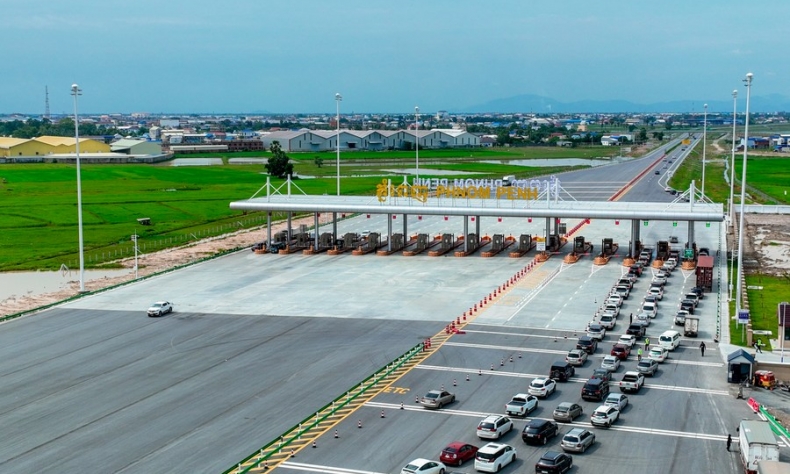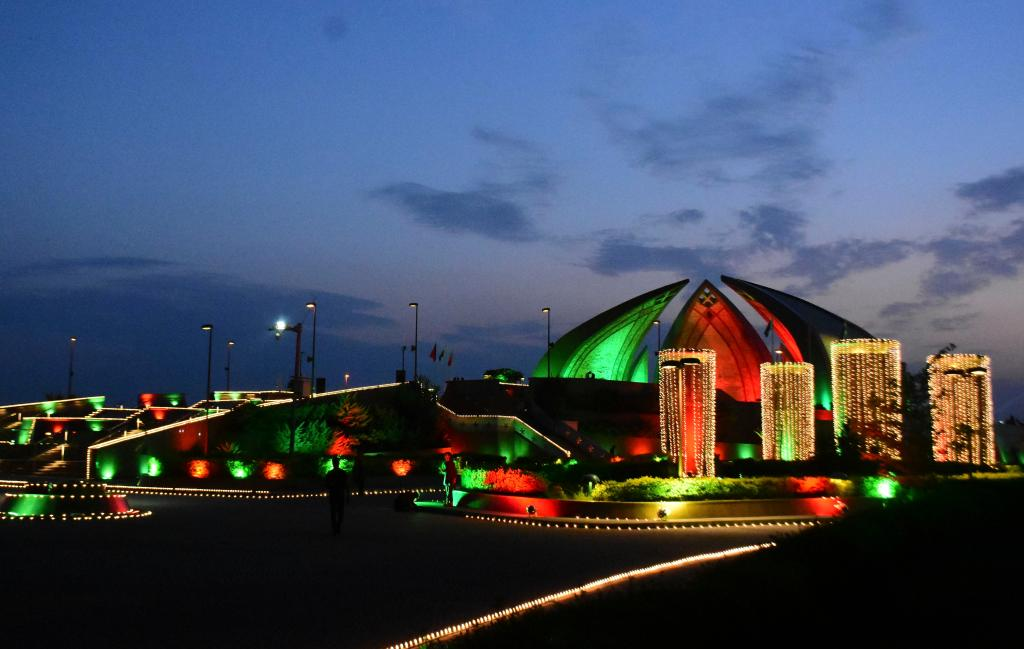BRI Promotes Global Development Through Win-Win Cooperation

The BRI has paved the way for a new global cooperation platform promoting openness, inclusiveness, and sustainable development.
This year marks the 10th anniversary of the launch of the Belt and Road Initiative (BRI). Over the past decade, the initiative has evolved into a platform for win-win cooperation between China and nations worldwide. It promotes connectivity through trade facilitation, people-to-people exchanges, and infrastructure, all with the aim of building a community with a shared future for mankind.
For a country, development is crucial when it comes to its sovereignty and freedom. In turn, development ensures a decent life for its citizens. This represents the collective interests of humanity. The launch of the BRI considers all these factors, with goals to lift people out of poverty, enhance their well-being, and promote social development.
In the 21st century, everything is interconnected. As such, connectivity is the foundation of the BRI, encompassing the connectivity of transportation, power transmission, and communication networks. As its name suggests, the Belt and Road Initiative comprises both the Silk Road Economic Belt and the 21st Century Maritime Silk Road. From my point of view, this global project reflects China’s experience of reform and opening-up. It seeks to foster development synergy among nations by expanding growth and intensifying cooperation, all towards building a community with a shared future for mankind.
Given the ongoing transition in the international order, heightened competition, and emerging non-traditional security risks, the complementary interests of nations are becoming increasingly evident. The BRI provides a platform for countries worldwide to collaboratively seize opportunities. It has ushered in a new era of multilateralism, generating significant job opportunities for resource-limited countries and accelerating their growth thanks to the project’s openness and inclusiveness. To date, over 150 countries and 32 international organizations have aligned with the BRI. China collaborates with these entities to diversify investments, bridge financing shortfalls, and enhance infrastructure and energy projects. Official data reveals that the BRI has garnered nearly a trillion U.S. dollars in investment across more than 3,000 cooperative ventures.
The significant number of countries joining the BRI attests to the initiative’s success. Its strength lies in its openness, inclusiveness, and principles of extensive consultation, joint contribution, and shared benefits. Cooperation platforms and mechanisms established under the BRI framework foster synergies between China and countries worldwide. For instance, the China-Pakistan Economic Corridor (CPEC), a BRI flagship program, stands as a prime example of win-win cooperation and collaborative arrangements. The CPEC’s construction entered a more advanced stage with the launch of its second phase last month. Now, Pakistan and China are collaborating to ensure the program’s completion by 2030, which is expected to usher in a new era of regional connectivity and integration.

However, there’s a critical point to consider: The world is witnessing a surge in zero-sum competition and Cold War mentalities, leading to confrontation and containment. In contrast, the BRI embodies win-win cooperation through a positive-sum approach. It exemplifies how collaborative efforts can benefit all parties involved and foster a community with a shared future. The BRI aligns seamlessly with the U.N. Sustainable Development Goals, particularly benefiting countries in the Global South. With China accounting for more than 30% of global manufacturing output, the emphasis on physical infrastructure development is pivotal. Investments in water projects, power plants, advanced transportation systems, railways, and modern roads can significantly alleviate poverty. The fact that the initiative has already lifted nearly 40 million people out of poverty stands as a testament to its efficacy. Indeed, the BRI has paved the way for a new global cooperation platform promoting openness, inclusiveness, and sustainable development.
The world is rapidly transitioning towards multipolarity, meaning human society could become more inclusive and balanced. The key to addressing challenges lies in creating solutions rather than exacerbating problems. However, the primary concern for the West seems to be the potential loss of its dominance. Two decades after the end of the Cold War, peace and development continue to face many obstacles. The international landscape remains complex, global challenges keep emerging, and uncertainties about the future grow. Considering this, China has introduced the concept of building a community with a shared future for mankind, advocating for inclusiveness, coordination, and cooperation within the framework of the Belt and Road Initiative. This approach truly prioritizes the greater good of humanity.
China proposed the Global Development Initiative (GDI) in 2021 and the Global Civilization Initiative (GCI) in 2023. The aim is to bridge cultural divides, enhancing understanding and respect between nations and their citizens. These conditions are pivotal for dialogue, communication, and fostering friendship. Thus, China is setting the direction for global collaboration, offering an ideal avenue to encourage exchanges and mutual comprehension among diverse civilizations. In tandem with the BRI, these initiatives aim to promote the sustainable development of the global economy and forge a new type of international relations centered on win-win cooperation.
Dr. Waseem Ishaque is a senior fellow of Taihe Institute, a think tank based in Beijing.
 Facebook
Facebook
 Twitter
Twitter
 Linkedin
Linkedin
 Google +
Google +










